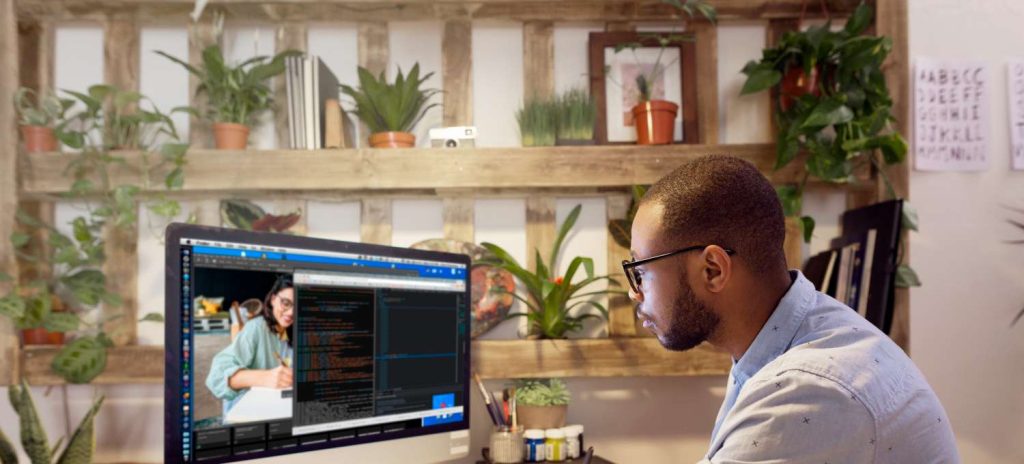 It is always a great time to refresh your website and make sure everything is new, fresh and up to date. Iron out any web design problems or blunders that have been annoying you over the last year. Here are a few tips that can help you on the way.
It is always a great time to refresh your website and make sure everything is new, fresh and up to date. Iron out any web design problems or blunders that have been annoying you over the last year. Here are a few tips that can help you on the way.
Your CMS
Always start with a great foundation there are many CMS platforms out there but many can be slow and clunky. The free to download CMS platforms out there have many benefits but are usually not great for security. They also have a greater degree of difficulty when it comes to editing content, especially when it comes to more elaborate page designs.
There are some great solutions out there: Drupal and WordPress are some of the more popular, but can be difficult and costly to get exactly what you want from them. We at Pint Sized Giants use Fledge Suite, which is has an enterprise level CMS system built in, as well as it being blisteringly fast and secure. Furthermore, when you are looking to take your business to the next level it has some amazing new business and lead generation tools, as well as a whole host of analytical tools to help with marketing attribution.
Load Times
Everybody likes a site with plenty of images, some movement, plenty of graphics and interesting features. However, not everybody’s internet connection is up to handling some of the more high-end pages, and a slow site can be extremely frustrating for a potential client or interested visitor who just wants to get their info. Do a site audit and measure how long it takes each page to load on an average internet connection: Two seconds is ideal, and anything more than three can scare users off – losing you conversions and even sales. Once you’ve tracked down the worst offenders, remove some of the ‘heavier’ elements of the page, or have an expert have a go at it for you. Using a good CSM such as Fledge Suite as we use take away a lot of this pain for the professionals doing this audit for you as well as literally taking away some of the issues automatically.
The Journey
The user journey in web design is how a user gets from A to B on your site. You want their journey from opening your page to clicking ‘buy’ to be as short as possible, and you want them to be able to get to purchase opportunities from almost anywhere with as few clicks as possible. Have a look at your site’s layout and see if there are any missed opportunities: Dead-ends are a no-no, and pages without links to your products are just taking up space. When you’ve done your audit, add as many links as possible and try to take out the kinks in the journey that can slow users down.
Be Responsive
People use the web from all kinds of devices, large and small, from watches to tablets, to the good old-fashioned desktop. Make sure your site is optimised to as many platforms as you can manage so that the text and images fit as well on a laptop as they do on a smartphone. There are far too many different sizes to design for – so specifying what percentage of a screen an object should take up, rather than specifying pixels, makes sure you aren’t caught out.
For solutions like this, and other ways to make your site perform to its potential, contact us at Pint Sized Giants to see how we can help you release your site’s potential.


